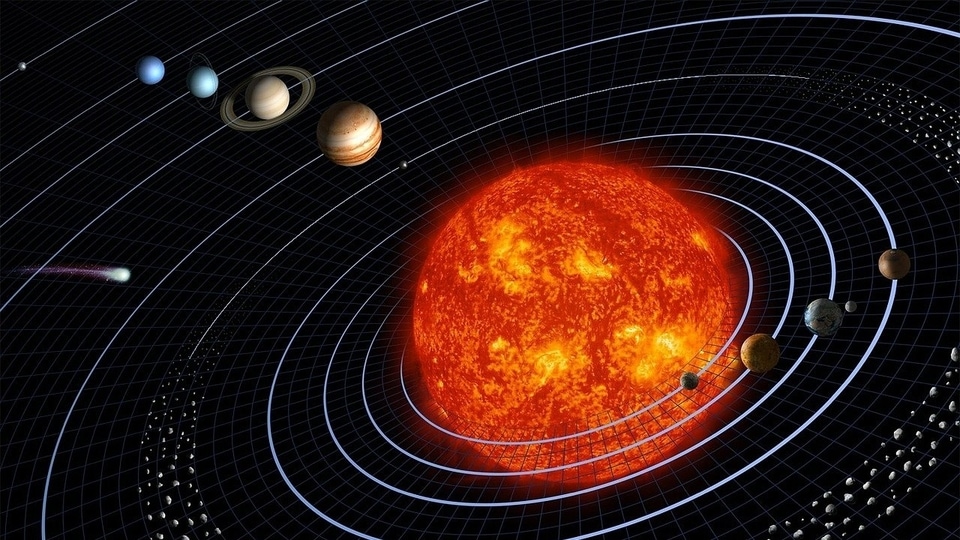Inner Solar System spins mysteriously slower; breaks laws of physics?
The inner solar system seems to break the laws of physics.

Over the years, scientists have investigated many possible explanations as to why the inner solar system spins at a slower speed than expected. However, the old mystery has remained unsolved for decades. But this new study by Caltech (California Institute of Technology) researchers may help to explain why the inner Solar System does not spin faster. This mystery can be explained through the motion of charged particles that are thin gas disks rotating around young stars.
This thin disk of gas and dust, called accretion disks, have been revolving around young stars for tens of millions of years. Scientists have long known that this inward spiral should accelerate the disk's inner part due to the conservation of angular momentum. The inner solar system, which contains the terrestrial planets and spreads from the sun to the asteroid belt, does not spin as fast as it should as per the laws of physics, according to previous findings.
Now, scientists at Caltech have shown how particles in the accretion disk interact using new simulations of a fictional accretion disk. The Caltech researchers employed some computer models of a spinning, super-thin, virtual accretion disk of charged particles that are made to collide with neutral particles in the presence of magnetic and gravitational fields.
What are the findings of the research?
Basically researchers found that the interaction between these particles and neutral atoms resulted in positively charged ions that are spiraling inward, while the electrons move outwards. During the process, the neutral particles lost their angular momentum and they moved inward to the center. Meanwhile, the accretion disk here acted as a gigantic battery.
"This model had just the right amount of detail to capture all of the essential features because it was large enough to behave just like trillions upon trillions of colliding neutral particles, electrons, and ions orbiting a star in a magnetic field," Paul Bellan, professor of applied physics at Caltech mentioned in a statement.
The analysis of the experiment at the subatomic level showed that angular momentum is not conserved in the classical sense. However, even though it is a small anomaly, it makes a huge difference when it comes to the massive scale of a solar system, Bellan suggested.
Catch all the Latest Tech News, Mobile News, Laptop News, Gaming news, Wearables News , How To News, also keep up with us on Whatsapp channel,Twitter, Facebook, Google News, and Instagram. For our latest videos, subscribe to our YouTube channel.

























